Product description
Key attributes
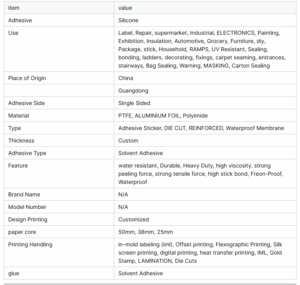
Conductive Stickers and Flexible Printed Circuit Adhesive Labels are essential tools for DIY electronics projects, educational STEM applications, and wireless sensor patches. These specialized labels combine conductivity and flexibility, making them suitable for a wide range of projects, from building sensors to customizing electronics. Below are the applications, features, and benefits of these innovative labels.
Key Applications for Conductive Stickers and Flexible Printed Circuit Labels:
1. DIY Electronics Projects
Circuit Prototyping: Conductive stickers are ideal for rapid prototyping in DIY electronics. They can be used to create flexible and functional circuits without the need for traditional soldering. Simply apply the conductive stickers to a surface, connect them, and build a working circuit for testing.
Custom PCB Solutions: For DIY enthusiasts and hobbyists, these labels serve as an alternative to traditional printed circuit boards (PCBs). They provide a flexible and easier-to-use method for connecting electronic components in non-traditional or compact spaces.
Wearable Electronics: Conductive stickers are commonly used in wearable electronics projects, such as smart clothing, fitness trackers, and interactive clothing, allowing for easy integration of electronics into fabrics or flexible materials.
2. Educational STEM Tools
Hands-On Learning: Conductive stickers are perfect for use in STEM (Science, Technology, Engineering, and Mathematics) education, allowing students to engage with electronics in an interactive, hands-on way. They help demonstrate basic principles of circuits, conductivity, and electricity in a simple, visual manner.
Classroom Projects: Teachers and instructors can use these conductive labels to introduce students to circuit building, sensor design, and wearable technology, helping students understand the core concepts of electronics through simple and effective experimentation.
Student DIY Kits: Conductive stickers can be part of DIY electronics kits designed for students. These kits allow students to create simple electronic devices or interactive projects while learning about basic circuitry and engineering concepts.
3. Wireless Sensor Patches
Flexible Sensors for Wearables: Conductive labels can be used to build flexible sensor patches for wearable technology, such as health-monitoring devices. These sensors can detect movement, temperature, pressure, or even humidity and transmit the data wirelessly to a central device.
Health Monitoring: Conductive stickers are often used in medical applications for building sensors that monitor vital signs, like heart rate, body temperature, or ECG. They can be applied directly to the skin or integrated into clothing to create comfortable, non-invasive health monitoring devices.
IoT Sensor Integration: These labels are commonly used in Internet of Things (IoT) applications for integrating low-power sensors into flexible devices. They can be used in a variety of wireless sensor networks, from home automation to industrial applications.
4. Flexible Printed Circuit Integration
Flexible Electronics: These conductive stickers allow for the creation of flexible, bendable circuits that are perfect for use in devices with non-rigid form factors, such as flexible displays, bendable lights, or curved electronic devices.
Integration into Soft Materials: Ideal for textiles, these conductive stickers can be integrated into soft materials, allowing for the creation of smart fabrics, touch-sensitive surfaces, and wearable electronics that respond to user input.
Conformal Coating: Conductive adhesive labels can also be used to build circuits on unusual or non-flat surfaces. They offer the flexibility to conform to curved or irregular shapes, making them ideal for a wide range of industrial and consumer applications.
5. Interactive Art and Customization
Interactive Art Installations: Artists working with interactive technologies often use conductive stickers to create circuit designs in their art projects. These stickers can be integrated into sculptures, murals, or interactive displays that respond to touch or other inputs.
Custom Electronics Projects: DIY makers and artists can create custom electronics projects, such as light-up art pieces, musical sculptures, or interactive displays, by using these flexible printed circuit stickers to form intricate, working circuits.
Key Features & Benefits:
Conductivity: These labels are made from conductive materials that allow for the easy transfer of electrical signals, making them perfect for building functional circuits without the need for traditional wires or soldering.
Flexibility: The flexible nature of these stickers makes them ideal for applications that require circuits to be integrated into curved, flexible, or non-rigid surfaces. This flexibility is essential in wearables, medical devices, and consumer electronics.
Ease of Use: Unlike traditional PCBs or other circuit board components, these conductive stickers are easy to apply, reposition, and remove, making them accessible for beginners and hobbyists.
Non-Toxic & Safe: The materials used for these stickers are non-toxic, ensuring safe use in educational settings and with personal projects.
Compact and Lightweight: These labels are extremely lightweight and thin, ensuring they don’t add unnecessary bulk or weight to your projects, making them perfect for portable or wearable applications.
Waterproof and Durable: These stickers are designed to withstand exposure to moisture and environmental conditions, making them ideal for use in a variety of situations, including wearable and outdoor electronics.
Customizable: Conductive stickers and flexible labels can be cut into any shape, size, or design, allowing for full customization in DIY electronics, educational tools, or sensor projects.
Cost-Effective: Compared to traditional circuit board assembly methods, these conductive stickers offer a more cost-effective solution for prototyping and low-volume production

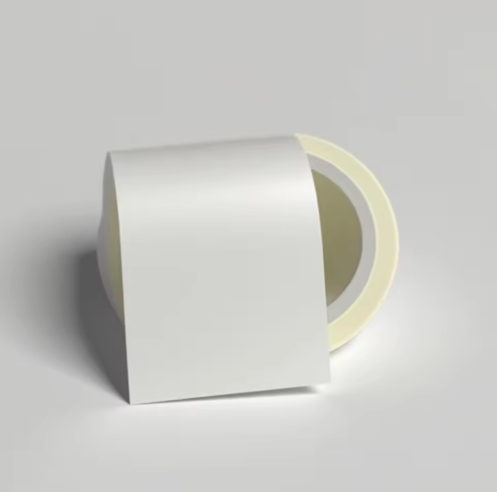


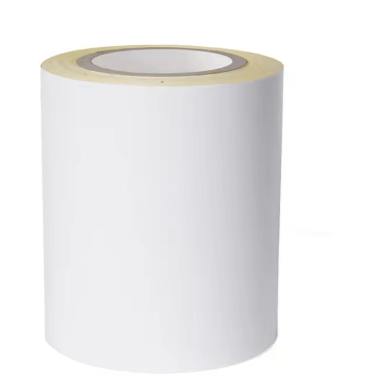

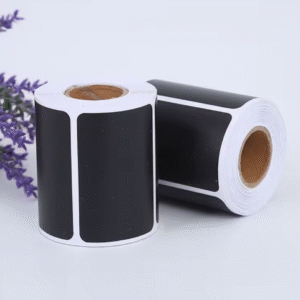
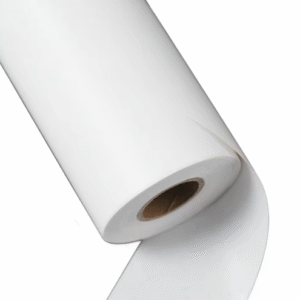



Reviews
There are no reviews yet.